Ukrainian polar explorers expand geography of studying Antarctic organisms
Kyiv • UNN
Ukrainian polar explorers have expanded their research on Antarctic terrestrial organisms, using the Noosphere ship and Ukrainian yachts to reach remote islands along the Antarctic Peninsula, collecting samples and data on vascular plant distribution, microclimate, and freshwater crustaceans.

Researchers from the National Antarctic Research Center expanded their study of terrestrial organisms in the Antarctic during an expedition in January-April 2024. This was achieved thanks to the use of the Noosphere vessel, as well as the free support of the Ukrainian yachts Wind Dancer and Mon Coeur. This was reported on Facebook by the National Antarctic Science Center, UNN reports.
Details
The scientists emphasized that this is important because most research in the Antarctic is limited to the area of the Akademik Vernadsky station.
The station is located on Galindez Island, and the scientists have access to the surrounding islands and part of the mainland, which can be reached by motorboat, with a maximum distance of 20-30 km.
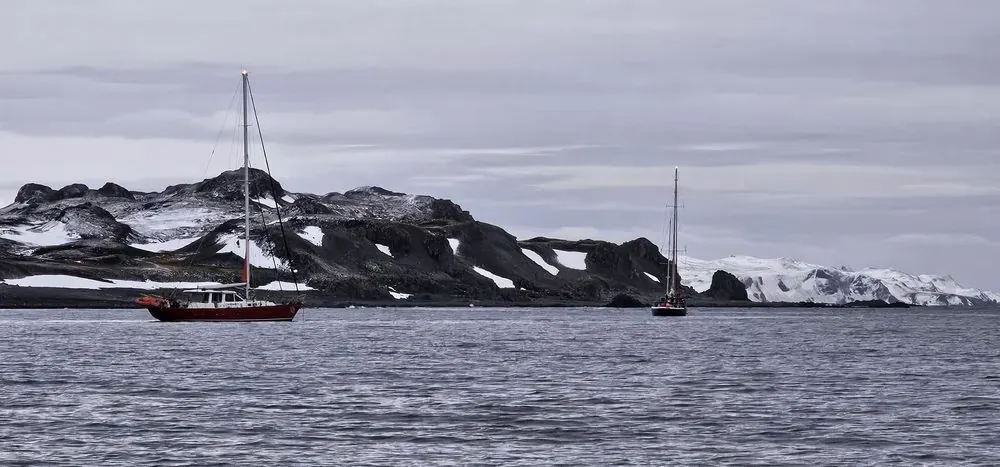
Thanks to the use of an icebreaker and yachts, Ukrainian scientists were able to study the distribution of organisms and take samples for comparison on remote islands along the Antarctic Peninsula.
The first island is Despsin, formed by an Antarctic volcano. After its last eruption in 1970, the local ecosystem is still recovering. Here, scientists from the Department of Biology and Ecology of the National Academy of Sciences studied the distribution of vascular plants, of which there are only two in the Antarctic: pike and pearlweed.
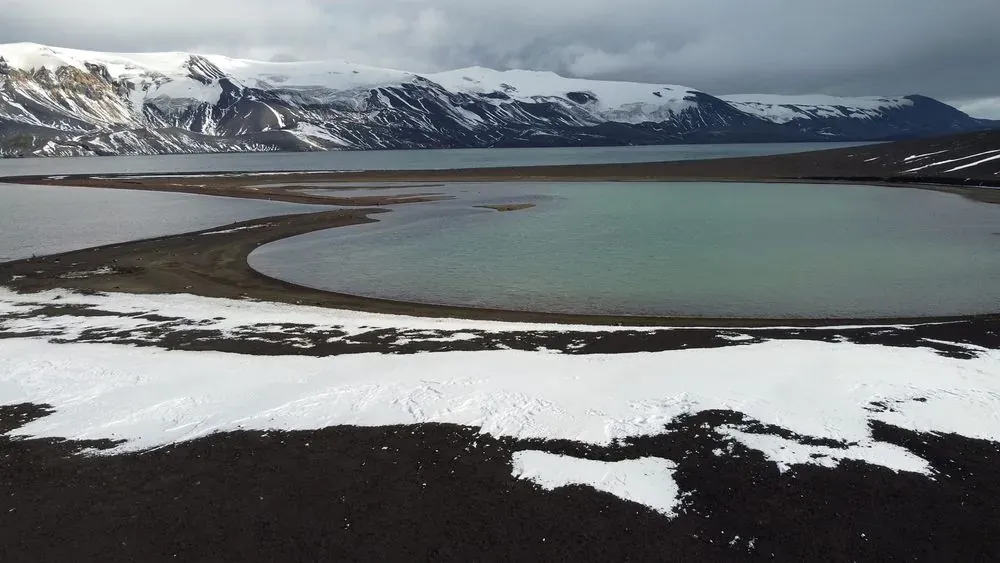
In January, the first visit to the island this season was made by yacht to study the possible remnants of the flora that grew here before the volcanic eruption. For the second time, the biologists came to Despsin in March on the Noosphere to study the spread of pike's-earth and pearlwort to new areas that were empty after the eruption. They also studied the associated vegetation.
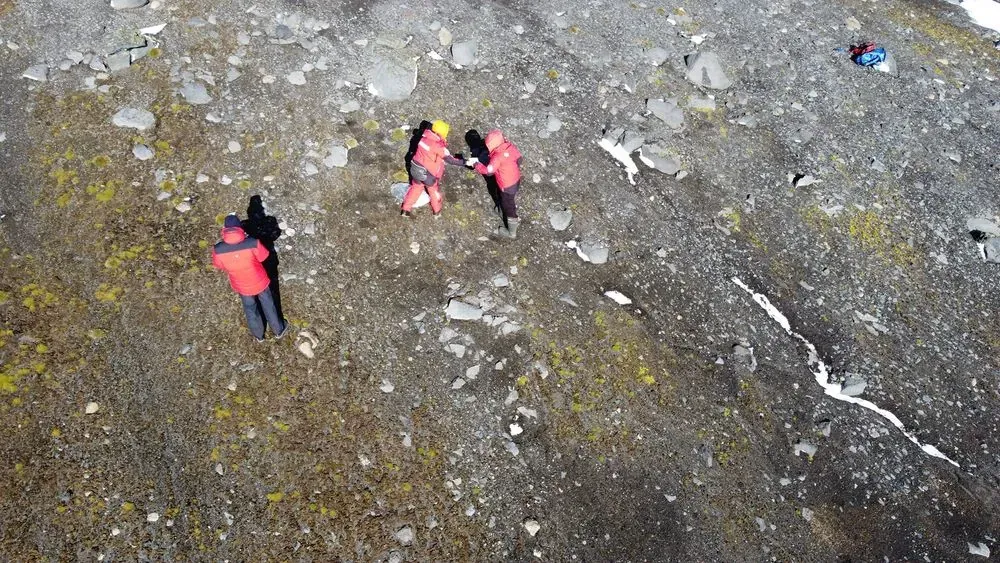
The second location is near the US Palmer Station. Here, in 2018, Ukrainian scientists established a research site to study the microclimate in the area where vascular plants are distributed. The data obtained from here are now being compared with the same data from the Vernadsky area and the test sites on Nelson Island (where they were established as part of Czech-Ukrainian cooperation).
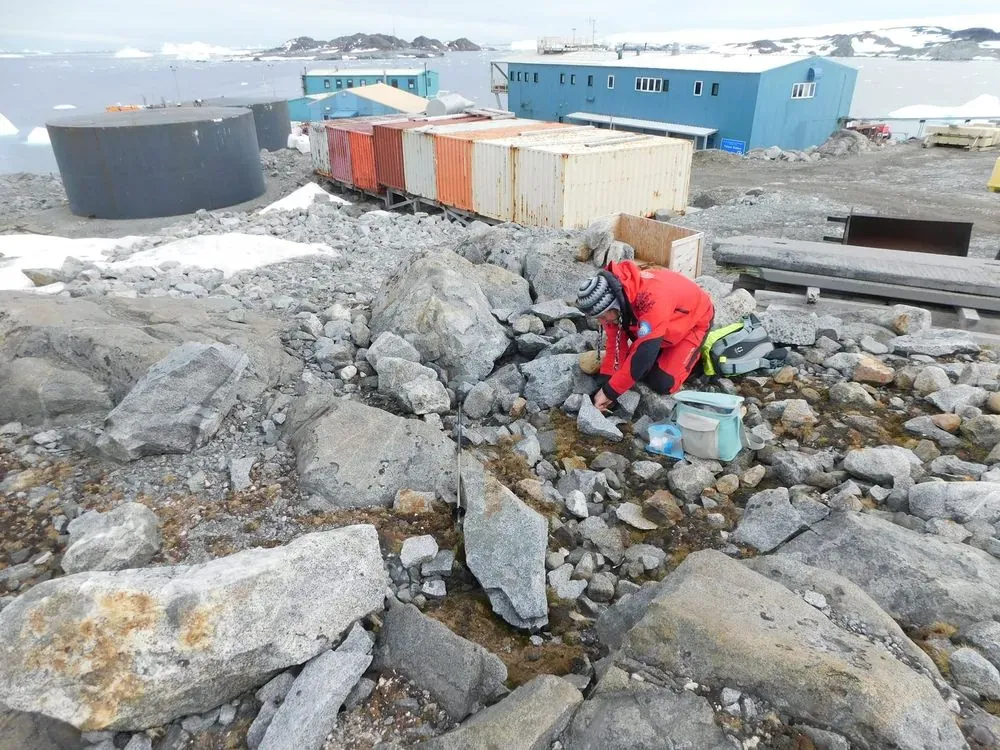
This season, the SSC biologists reached Palmer first by boat in early February to replace batteries and write off data from the site. They returned in April on the Noosphere for a new data collection and to check the equipment.
All collected materials will now be analyzed in laboratories. These studies will help us learn more about the living world of the ice continent and its reactions to various environmental factors.
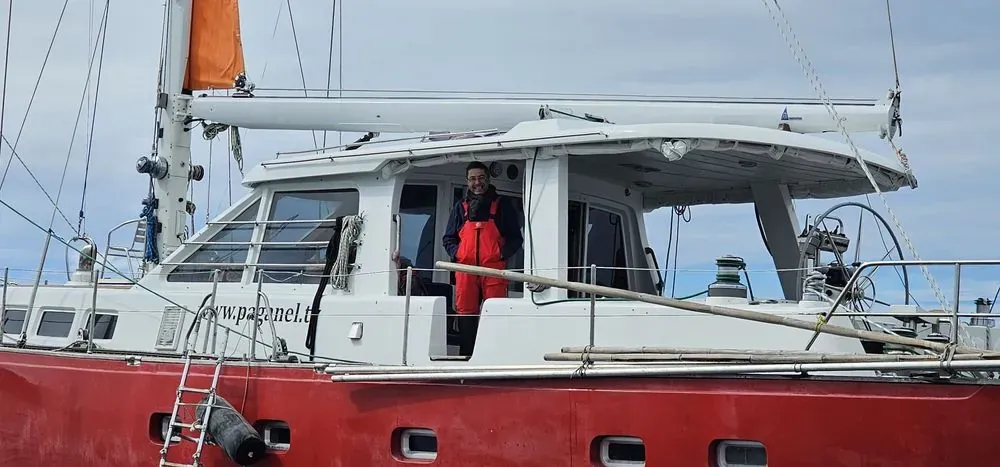
The polar explorers reminded that the third Antarctic season of Noosphere lasted from November 2023 to May 2024. It was the longest and with the largest scientific program, including international research.
The scientists also expressed their gratitude to the owner of the yachts, the Ukrainian company Paganel studio, which provides free support to Ukrainian scientists in the Antarctic.
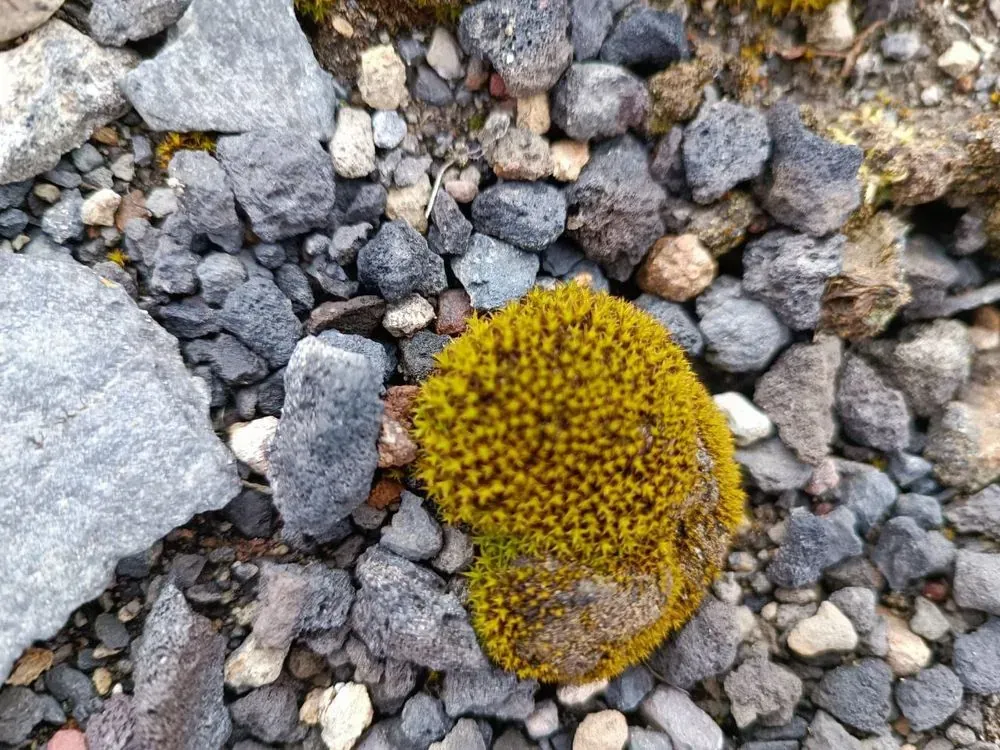
On the same icebreaker voyage, the scientists landed on Christine Island, where they collected samples of freshwater crustaceans. They are important for comparative studies: these samples can be used to trace the distribution of these organisms in the region.